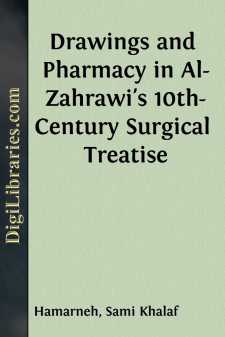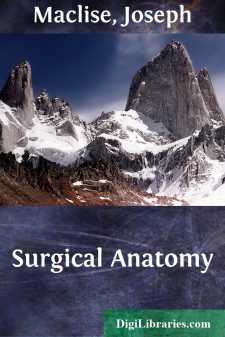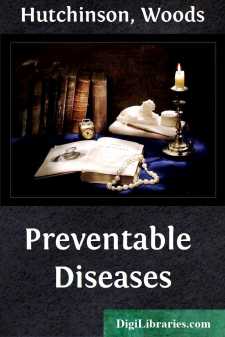Categories
- Antiques & Collectibles 13
- Architecture 36
- Art 48
- Bibles 22
- Biography & Autobiography 813
- Body, Mind & Spirit 142
- Business & Economics 28
- Children's Books 17
- Children's Fiction 14
- Computers 4
- Cooking 94
- Crafts & Hobbies 4
- Drama 346
- Education 46
- Family & Relationships 57
- Fiction 11829
- Games 19
- Gardening 17
- Health & Fitness 34
- History 1377
- House & Home 1
- Humor 147
- Juvenile Fiction 1873
- Juvenile Nonfiction 202
- Language Arts & Disciplines 88
- Law 16
- Literary Collections 686
- Literary Criticism 179
- Mathematics 13
- Medical 41
- Music 40
- Nature 179
- Non-Classifiable 1768
- Performing Arts 7
- Periodicals 1453
- Philosophy 64
- Photography 2
- Poetry 896
- Political Science 203
- Psychology 42
- Reference 154
- Religion 513
- Science 126
- Self-Help 84
- Social Science 81
- Sports & Recreation 34
- Study Aids 3
- Technology & Engineering 59
- Transportation 23
- Travel 463
- True Crime 29
Drawings and Pharmacy in Al-Zahrawi's 10th-Century Surgical Treatise
Description:
Excerpt
Drawings and Pharmacy in al-ZahrÐâÐÐwÐâЫ’s
by Sami Hamarneh
Probably the earliest independent work in Arabic Spain to embrace the whole of medical knowledge of the time is the encyclopedic al-TasrÐâЫf, written in the late 10th century by AbÐâ¦Ð« al-QÐâÐÐsim al-ZahrÐâÐÐwÐâЫ, also known as Abulcasis. Consisting of 30 treatises, it is the only known work of al-ZahrÐâÐÐwÐâЫ and it brought him high prestige in the western world.
Here we are concerned only with his last treatise, on surgery. With its many drawings of surgical instruments, intended for the instruction of apprentices, its descriptions of formulas and medicinal preparations, and its lucid observations on surgical procedures, this treatise is perhaps the oldest of its kind.
Scholars today have available a translation of the text and reproductions of the drawings, but many of the latter are greatly modified from the originals.
This study reproduces examples of al-ZahrÐâÐÐwÐâЫ’s original illustrations, compares some with early drawings based on them, and comments on passages in the treatise of interest to students of pharmacy and medical therapy.
The Author: Sami Hamarneh undertook this research into the history of medicine in connection with his duties as associate curator of medical sciences in the United States National Museum, Smithsonian Institution.
HE INTRODUCTION OF THE WRITINGS of AbÐâ¦Ð« al-QÐâÐÐsim Khalaf ibn ÐÐлAbbÐâÐÐs al-ZahrÐâÐÐwÐâЫ—better known as Abulcasis (d. ca. 1013)—to Western Europe was through the Latin translation of his surgical treatise (maqÐâÐÐlah) by Gerard of Cremona (d. 1187). The response to this treatise, thereafter, was much greater than the attention paid to the surgery of any of the three renowned physicians of the Eastern Caliphate: al-RÐâÐÐzÐâЫ (Latin, Rhazes, d. ca. 925), the greatest clinician in Arabic medicine; al-MajÐâ¦Ð«sÐâЫ (Haly AbbÐâÐÐs, d. 994), the author of the encyclopedic medical work, al-MalakÐâЫ; and Ibn SÐâЫnÐâÐÐ (Avicenna, 980-1037), the author of the famous al-QÐâÐÐnÐâ¦Ð«n fÐâЫ al-ÐÐÐâЬibb, a codification of the whole of medical knowledge. Because of the widespread dissemination of this Latin version in medieval Europe beginning with the latter part of the 12th century, al-ZahrÐâÐÐwÐâЫ attained more prestige in the West than he did in Arabic Spain, his native country, or in any other part of the Islamic world.
Figure 2.—The myrtle-leaf shape recommended for paper on which medicine is to be placed for cauterizing eyelid. Top, from original Arabic manuscript (Tüb. MS. 91), courtesy Universitätsbibliothek Tübingen. Bottom, from Channing, Albucasis
The fame attached to this surgical treatise, the 30th and last in al-ZahrÐâÐÐwÐâЫ’s encyclopedic work al-TaÐÐÐâÐÐrÐâЫf Liman ÐÐлAjiza ÐÐлan al-TaÐÐÐÑ lÐâЫf, is founded on certain merits. The text is characterized by lucidity, careful description, and a touch of original observation of the surgical operations to which the treatise as a whole is devoted. Al-ZahrÐâÐÐwÐâЫ furnishes his own drawings of the surgical and dental instruments he used, devised, or recommended for a more efficient performance....













